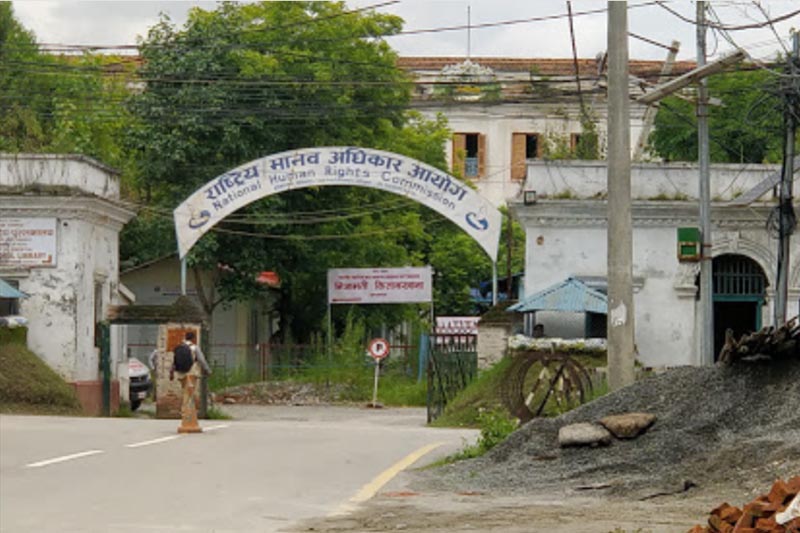NHRC finds flaws in collection of vaginal swab
Kathmandu, January 27
The National Human Rights Commission has said that Nepal Police investigation was not completely flawless in the way it collected vaginal swab of Nirmala Panta for DNA test.
“It has been found that police collected the DNA sample from cotton wrapped around an end of a twig and put it in a test tube. This negligence resulted in collection of inadequate amount of DNA sample, and possibility of its gradual loss and difficulty in deriving factual results. Therefore, the procedure adopted for DNA sample was erroneous,” read the findings of a probe panel formed by the constitutional rights body.
The panel led by former deputy attorney general Narendra Pathak includes former additional inspector general of police Bigyan Raj Sharma, forensic expert Dr Harihar Osti, DBNA expert Dinesh Jha and an NHRC officer.
Based on the report submitted by the panel, the NHRC has made a four-point recommendation and a 24-point directive to the Office of the Prime Minister and Council of Ministers today.
Nirmala was raped and murdered in Bhimdatta Municipality on July 26. Police are still in the dark about the culprit(s). According to the report, police collected ‘low, mid and high vaginal swab’ and sent it to Central Police Forensic Science Laboratory to confirm if it contained semen. Three kinds of DNA test are in practice. They are Autosomal ST, Y-STR and Mitochondrial Sequencing. Autosomal STR is found in only one person and is the main DNA testing for identification of culprit.
“In case of Nirmala, the authorities conducted DNA test by adopting Y-STR method only which helps identify lineage/group instead of using Autosomal STR method for tracing the culprit(s). More so, when it requires testing of collected vaginal swab mixed with female swab and male sperm by separating them from each other, police conducted test without adhering to this procedure which makes it impossible to identify culprit(s) through Autosomal STR method. Testing of vaginal swab without separating it from male sperm helps only conduct Y-STR test, the method of identifying lineage/group,” the report stated.
The NHRC said police collected a very low amount of DNA sample of Nirmala compared to that of three male suspects, making it almost impossible to direct the investigation on the right path. “The chances of result-oriented test from the remaining vaginal swab of Nirmala, which continues to degrade, are very slim,” it warned.
The report also finds a series of flaws in investigation conducted by police. The rights body has recommended that the government keep conducting more effective and result-based criminal investigation through maximum mobilisation of human intelligence as the condition of vaginal swab is unlikely to assist the police in tracking down the perpetrator(s) of the rape and murder. It has also recommended action against those involved in botching up the investigation and lab technicians who conducted the erroneous testing.
The NHRC has directed the government to establish a separate criminal investigation department, ensure adequate and skilled human resources and equipment and instal CCTV cameras in areas vulnerable to crimes, among others.






